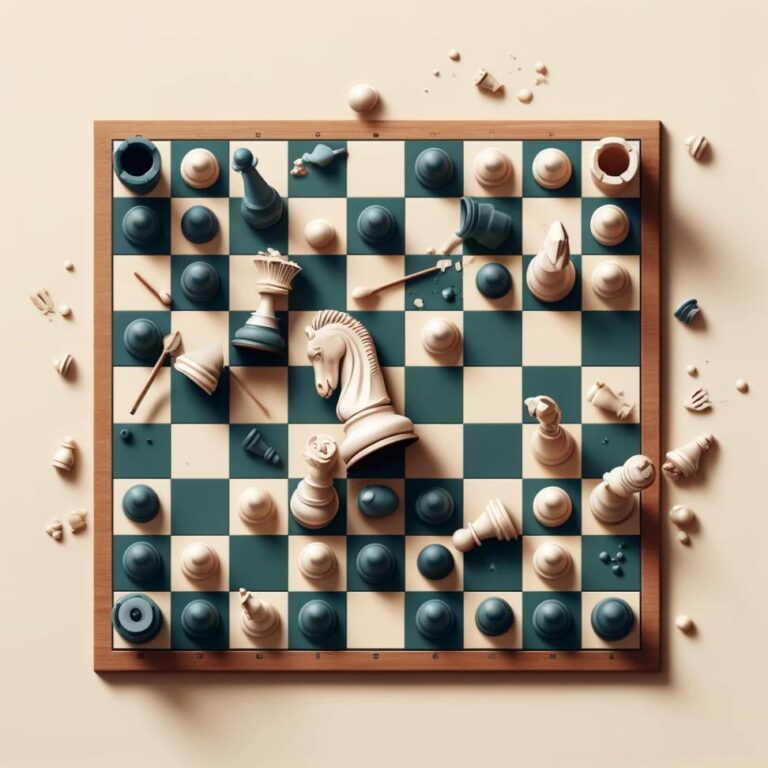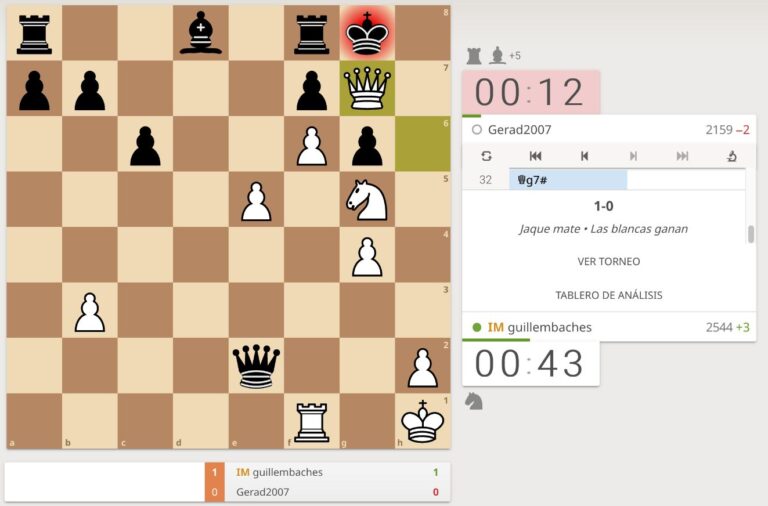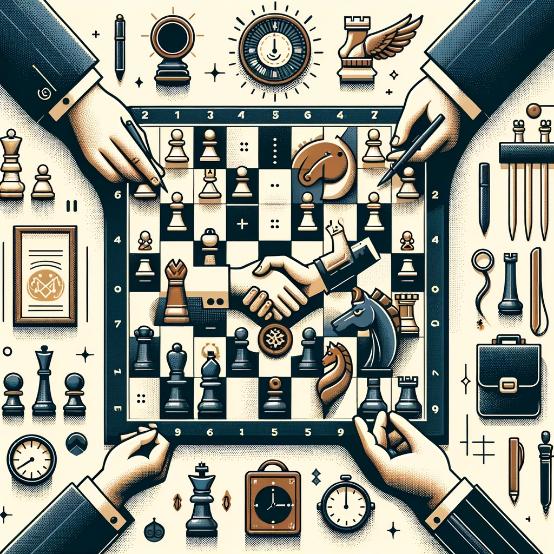In the game of chess, each piece has its own unique movements and strategies, making the game both challenging and intriguing. Among these pieces, there is one that stands out for its unique movement pattern: it can only move on squares of one color throughout the entire game. This piece is the Bishop.
Understanding the Bishop’s Movement
The bishop moves diagonally across the board, which means it can only ever occupy squares of the color it started on. If a bishop starts on a white square, it will remain on white squares for the entirety of the game. Conversely, a bishop that starts on a black square will always stay on black squares. This unique characteristic significantly influences strategy and positioning, as each player has one bishop for white squares and one for black squares, enabling them to control and attack different parts of the board.
Strategic Implications
The fact that each bishop can only move on one color has profound strategic implications. It means that each bishop has access to only half of the squares on the chessboard, limiting its reach and influence compared to pieces like the queen or rooks, which can move across the entire board. However, this limitation can also be a strength, as a well-positioned bishop can control key diagonals and support both offensive and defensive maneuvers effectively.
Bishop Pair Advantage
Having both bishops (often referred to as the “bishop pair”) can be a significant advantage in chess. The bishop pair offers great flexibility, allowing a player to control diagonals of both colors. This can be particularly powerful in open positions, where bishops can exert influence across the board unimpeded by pawns.
“Good” vs. “Bad” Bishops
In chess strategy, bishops can be classified as either “good” or “bad,” depending on their mobility and the pawn structure of the position. A “good” bishop is one that has many squares available for movement, typically because the pawns are on squares of the opposite color. A “bad” bishop, conversely, is hemmed in by pawns on the same color squares as the bishop itself, limiting its effectiveness.
Maximizing the Bishop’s Potential
To maximize a bishop’s potential, it is essential to open up diagonals for it to operate and to place pawns on squares that do not obstruct its path. Coordinating the bishop with other pieces, such as knights and rooks, can also lead to powerful attacking combinations and defensive structures.
Conclusion
The bishop’s restriction to moving only on squares of one color is a unique feature in chess that adds depth and complexity to the game. Understanding how to effectively deploy and coordinate your bishops can be the difference between victory and defeat. Like all chess pieces, the bishop’s power is not just in the way it moves, but in how its movements and potential are strategically leveraged by the player.







